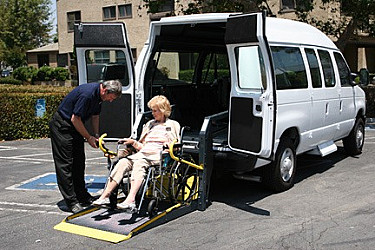
No Sirens, Just Service: The Power of Non-Emergency Transport
When people think about medical transportation, flashing lights and blaring sirens often come to mind. But not every healthcare need is an emergency—and not every ride should be, either. Enter Non-Emergency Medical Transportation (NEMT): the quiet, dependable side of healthcare logistics that doesn’t get nearly enough attention.
In a world where access can define outcomes, NEMT is more than just a ride—it's a lifeline. When transportation is reliable and tailored to a patient’s needs, the result is better health outcomes and lower overall healthcare costs.
It’s not dramatic. It’s not noisy. But it’s essential.
ü Technology Meets Compassion
The evolution of NEMT includes modern scheduling systems, real-time ride tracking, and partnerships with rideshare platforms. These innovations are making services more efficient and responsive to patient needs.
Yet, at its core, NEMT is still about personalized, compassionate service. It’s about ensuring people feel safe, respected, and cared for—even when there are no flashing lights involved.
To unlock the full power of NEMT, healthcare systems and policymakers must invest in infrastructure, technology, and training to ensure quality and accessibility.
It’s time to move NEMT out of the shadows and into the spotlight. Not all medical transport needs to be urgent to be important. Non-emergency transport doesn’t save lives with sirens—it saves them with service.
ü Conclusion
The power of non-emergency medical transport lies in its simplicity and consistency. It's a quiet force that supports millions of people every day, making sure healthcare isn’t just available—but truly accessible.
Because at the end of the day, getting there is half the battle. And for many, NEMT is the bridge to better health.


 By: Admin
By: Admin


